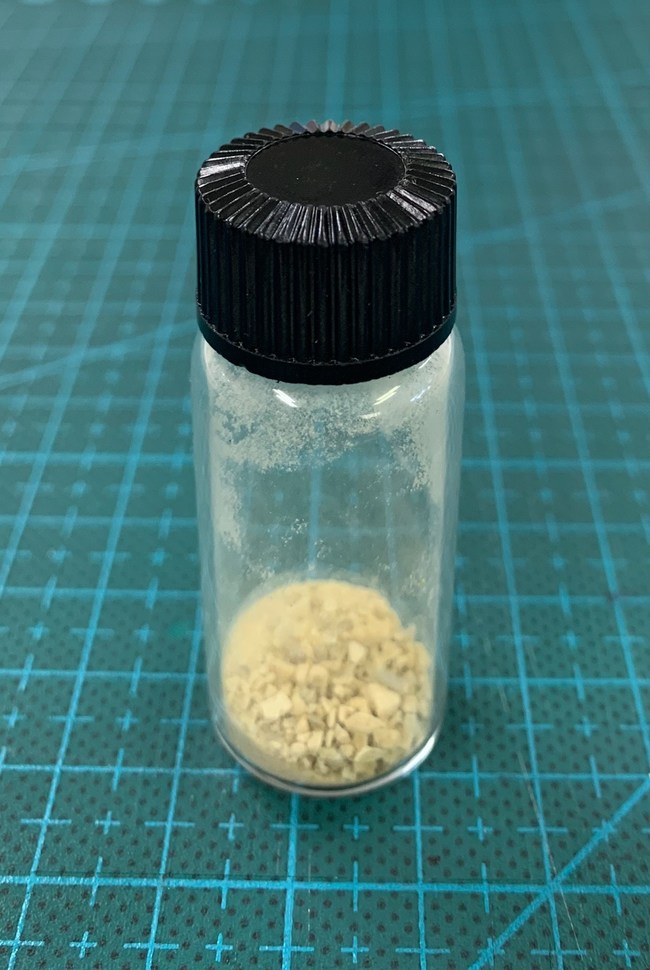KAWANISHI-CITY, Japan, May 25, 2021 /PRNewswire/ — In chemical industries, acid catalysts such as hydrochloric acid, phosphoric acid, and sulfuric acid are currently used for various chemical reactions. However, after their use, these liquid catalysts are discarded; their reuse or collection, however, is considerably difficult as they are liquids. For example, sulfuric acid is an indispensable catalyst and a raw material for use in oil refineries and chemical reactions, as well as in various chemicals and pharmaceutical products. In addition, it can be used as a catalyst for biofuels such as bio-ethanol and bio-diesel. However, the recycling and reuse of sulfuric acid is difficult since it is a liquid. As such, more than 15 million tons of sulfuric acid is consumed annually as non-recyclable catalyst, which is deleterious to the environment. Furthermore, the safety and maintenance of manufacturing facilities is always difficult because of its highly toxic and corrosive characteristics. Moreover, sulfuric acid cannot be eliminated, and it is retained in the chemical products; hence, it can adversely affect the properties of those chemical products.
Hence, it will be a substantial breakthrough if a liquid acid catalyst can be replaced by a solid acid catalyst (or a heterogeneous catalyst) because such a catalyst can be collected by simple filtration after its use and can be reused again. This technology is extremely environmentally friendly for the chemical industry. Therefore, heterogeneous catalysts can be applied in oil refineries, organic syntheses, decomposition of heavy hydrocarbons, and chemical conversion of biomass materials. In summary, heterogeneous catalysts can serve as an alternative to liquid catalysts.
The currently used heterogeneous catalysts include zeolites, mesoporous materials, hetero-polyacid, sulfonated zirconia, Amberlyst, and sulfonated carbonaceous materials. However, these materials are extremely expensive, and their catalytic efficiencies are not sufficiently high.
Metal–organic frameworks (MOFs), also known as porous coordination polymers (PCPs), are materials composed of metal and organic ligands. MOFs are synthesized as super-porous materials and their shape and size of pores can be modified. Their pore size can be controlled by less than nanometer order, and their chemical groups can be tailored at the molecular level. In addition. MOFs exhibit an extremely high specific surface area (up to several thousands of square meters per gram). Creating such exact porous structures with a desired shape and pore size is difficult for conventional porous materials such as activated carbon, mesoporous silica, and zeolites. However, with MOFs, the structure, surface area, shape, and size of the pores can be artificially designed at the molecular level. Theoretically, MOFs can be synthesized by the combination of a number of metals and organic ligands; hence, more than 50,000 types of MOFs have been already reported. Because MOFs are novel ultimate inorganic–organic hybrid porous materials, these materials have attracted considerable attention from the chemical industry and academia.
Green Science Alliance has been synthesizing various types of MOFs and has been attempting to apply MOFs to lithium ion batteries, lithium–sulfur batteries, fuel cells, as well as to water absorption, gas adsorption, metal adsorption, deodorization, photo-catalysis, and artificial photosynthesis.
Currently, Mr. Tetsuro Kajino and Dr. Ryohei Mori at Green Science Alliance have developed an MOF-based heterogeneous catalyst (solid catalyst, solid acid catalyst) with a modified sulfone group on the surface. The activity of this MOF-based heterogeneous catalyst was as high as that of Amberlyst catalyst, as confirmed by esterification conducted at 80 degrees Celsius.
Green Science Alliance continues its developmental efforts toward the synthesis of MOF-based heterogeneous catalytic materials with high activity and expands its business with cooperative customers in Japan and to global market.
Contact:
Ryohei Mori
+81727598501
310326@email4pr.com
SOURCE Green Science Alliance Co., Ltd.

